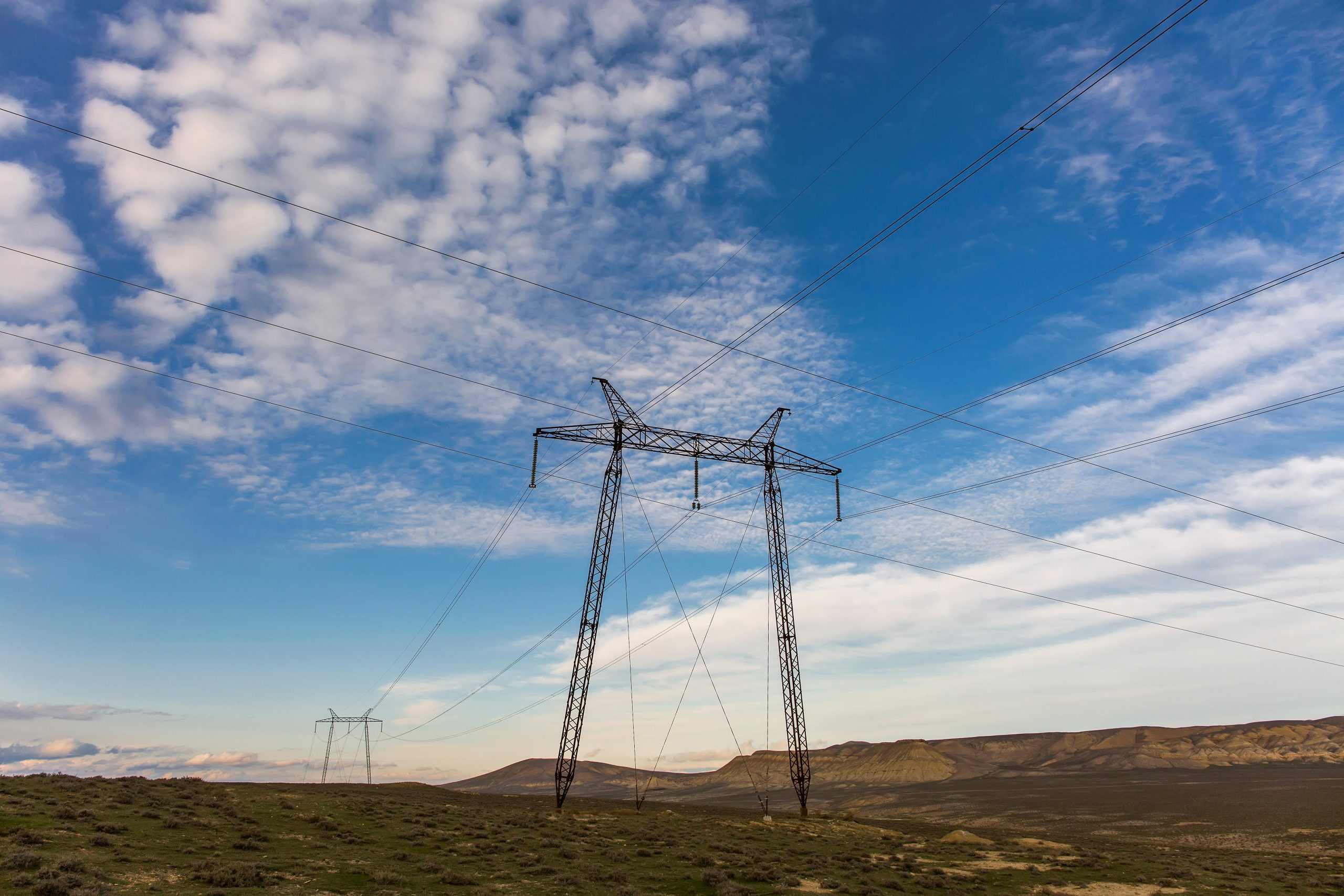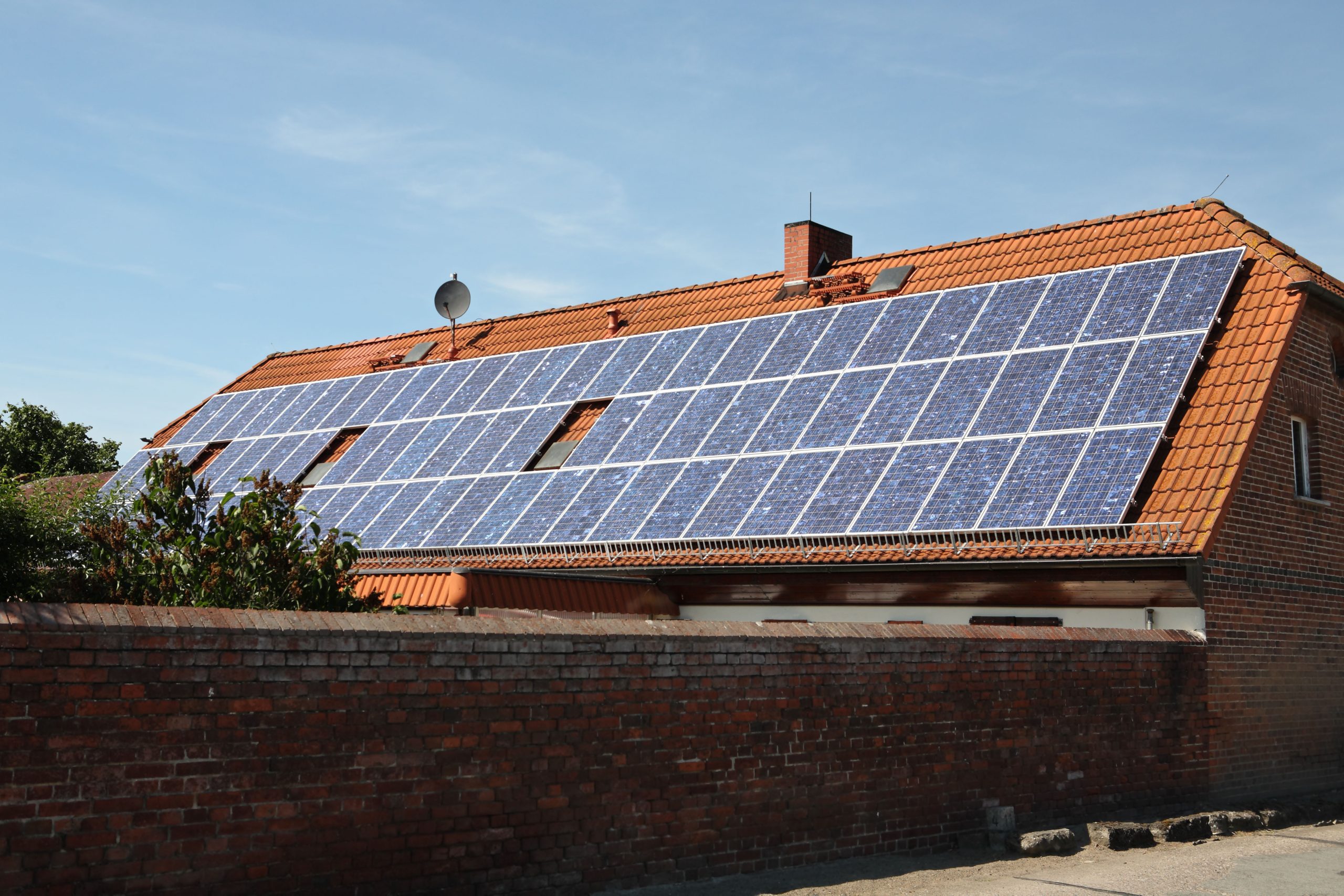Key recommendations
Recommendations to ASEAN
Balancing energy security, economic growth and the acceleration of renewables necessitates holistic planning, cooperation, grids and flexibility.
1. Global cooperation is key for ASEAN’s clean transition
ASEAN can significantly reduce the overall cost of renewables through global cooperation. This approach will enhance mutually beneficial relationships among countries with renewables potential, countries that own the technologies, those with market opportunities, and those equipped to build the renewable energy ecosystem. In this context, cooperation with both developed and developing countries through platforms like G20, Asia Pacific, ASEAN Plus 3 (China, Japan, South Korea), BRIC, and other existing mechanisms is essential.
2. Captive renewables instead of coal
By promoting green industries and manufacturing, for example through guidelines on captive renewables rather than captive coal, the region can restructure its energy infrastructure around renewables and develop a robust renewable energy ecosystem. Building such an ecosystem would require holistic planning in close coordination with the industry to ameliorate their challenges in switching to captive renewables. This would also help enable ASEAN to build the supply chain necessary for strengthening the renewable energy sector.
3. Better targeted renewable investment
Increased private sector investment is crucial for turning Southeast Asia’s aspirations for a cleaner electricity future into concrete results. Mobilising sufficient private investment for renewable energy projects is often hindered by a range of project-specific challenges, including complexity in participating in auction schemes and securing fiscal incentives such as tax exemptions, relaxation of local content requirements and subsidies. The ASEAN Taxonomy for Sustainable Finance can catalyse growth in renewable energy project financing while breaking down barriers such as high local content requirement and limited quotas for renewable energy projects.
4. Tapping carbon market potentials
Establishing a regional compliance carbon market with a standardised approach can scale up market size and amplify the impacts of carbon finance. To ensure high-quality emission offsets and maintain market liquidity and accountability, more stringent additionality assessments on renewable energy and well-designed carbon policies for the power sector are essential. Data transparency and accuracy, benchmarked against a unified emission reduction target across the region are vital for maintaining market credibility and reliability. This would enable the establishment of national emission allowances, allowing each country to retain autonomy over its climate objectives while fostering a coordinated approach to climate mitigation that aligns with regional goals.
5. Stronger interconnections a key lever to ASEAN energy transition
Interconnection will unlock the potential to improve energy security by diversifying energy sources across ASEAN, ensuring a stable supply during challenges like droughts, while also contributing to economic growth. Moreover, it strengthens regional cooperation and aligns with the ASEAN Power Grid Initiative, deepening ties and fostering partnerships that promote stability and prosperity across the region.
6. Interconnections can stimulate financing
Enhancing regional power connectivity could incentivise much-needed private investment for large-scale power projects that may not be feasible at the national level, particularly for smaller, resource-rich countries with relatively low electricity demand. Additionally, increased connectivity is expected to deliver benefits for energy security, decarbonisation costs and emission reduction by optimising the energy system, thereby reducing the need for 1.2 TWh of electrical storage, 16 TWh of hydrogen storage and 600 GW of solar generation capacity by 2050. Interconnection will also improve access to electricity and deliver economic benefits, including creating new revenue streams, driving economic development and enhancing livelihoods across the region.
To promote regional power connectivity, it’s crucial to foster a shared regional identity among ASEAN countries, despite their diverse histories, cultures and socio-economic backgrounds. This requires a broader perspective that considers the geopolitical, socio-economic and cultural factors shaping regional power connectivity efforts. Moreover, positioning power connectivity within a region-wide economic cooperation framework will allow ASEAN to remain adaptable to emerging opportunities.
Related Content




